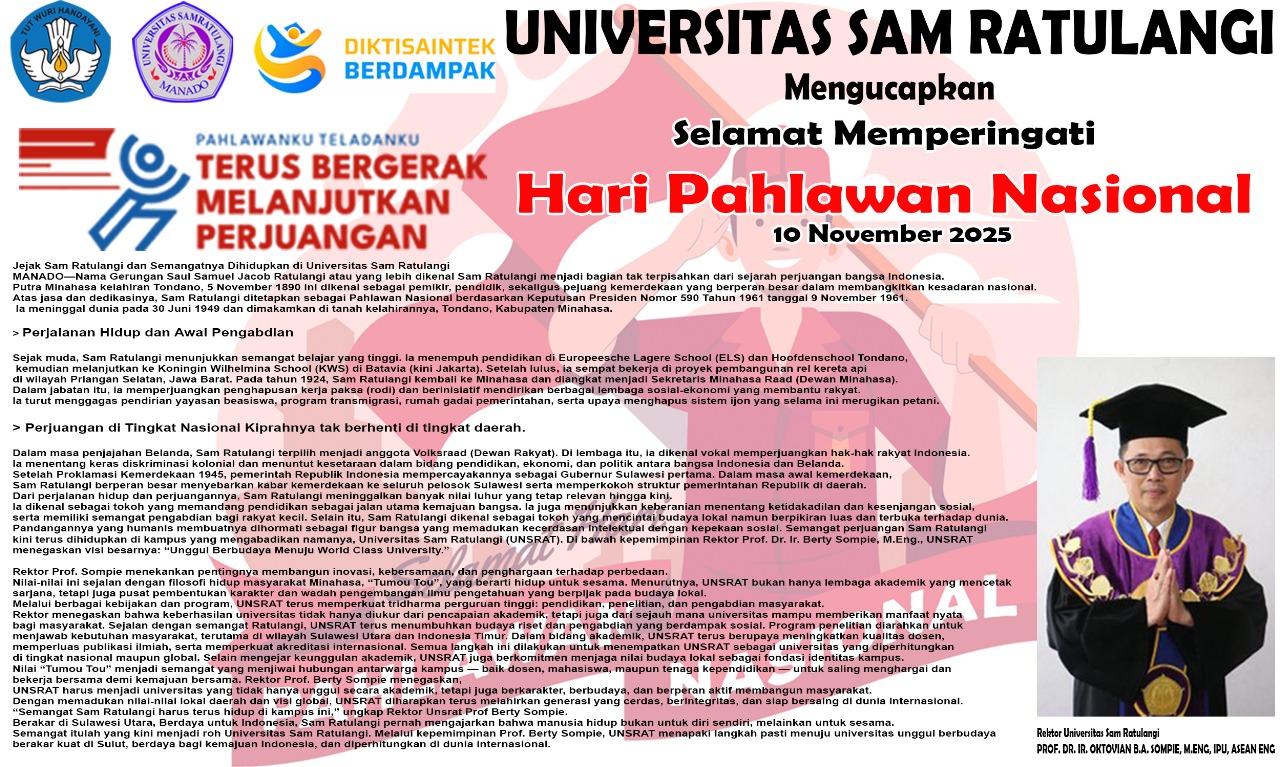Throughout human history, symbols have served as powerful tools for communication, cultural identity, and spiritual expression. From ancient carvings to modern logos, symbols encapsulate complex ideas and beliefs that transcend language barriers. They often act as anchors, guiding individuals through life’s uncertainties and reinforcing collective values. This article explores how ancient symbols—particularly those from Egypt—have historically been used to protect and empower individuals and communities, and how these timeless principles remain relevant today.
Table of Contents
- The Power of Symbols in Human History
- The Concept of Symbols as Protectors and Empowerers
- The Historical Significance of Ancient Egyptian Symbols
- Deep Dive: The Eye of Horus – An Ancient Symbol of Protection and Power
- The Symbolic Language of Egyptian Art and Its Role in Empowerment
- Beyond Egypt: Comparative Perspectives on Symbols of Protection and Empowerment
- Modern Interpretations and Uses of Ancient Symbols
- The Non-Obvious Depths: Cultural and Scientific Insights
- Conclusion: Unlocking the Power of Symbols for Personal and Cultural Empowerment
The Power of Symbols in Human History
Symbols have been integral to human civilization for thousands of years, serving as universal tools for conveying complex ideas that words often cannot fully express. They act as visual languages, enabling diverse cultures to share beliefs, values, and identities. For example, the peace sign in modern times instantly evokes harmony, while ancient symbols like the Ankh represent life and balance. These symbols often embody collective aspirations and spiritual truths, shaping societal practices and individual behaviors.
Throughout history, symbols have also played a crucial role in establishing cultural boundaries, reinforcing social hierarchies, and protecting communities. Their ability to resonate on a subconscious level makes them powerful tools for both unity and defense. This universal nature of symbolism underscores their importance in fostering shared understanding across different eras and civilizations.
The Concept of Symbols as Protectors and Empowerers
What makes certain symbols particularly potent across civilizations is their perceived ability to influence spiritual and psychological states. They act as psychological anchors, providing reassurance, confidence, and a sense of control in uncertain situations. For instance, the Hamsa in Middle Eastern cultures is believed to ward off evil, acting as a protective talisman. Similarly, symbols like the Yin-Yang promote harmony and balance, empowering individuals to seek equilibrium in their lives.
In ancient societies, these symbols often held spiritual significance, believed to invoke divine protection or favor. They functioned as spiritual anchors—visual representations of divine power or cosmic order—guiding and safeguarding individuals through rituals, amulets, or daily practices. Their enduring power lies in their ability to connect the material and spiritual worlds, fostering a sense of empowerment rooted in cultural beliefs and collective consciousness.
The Historical Significance of Ancient Egyptian Symbols
Ancient Egypt, one of the most enduring civilizations, developed a rich visual language that spanned from around 2700 BCE to 300 BCE. Egyptian art and symbolism were deeply intertwined with their spiritual beliefs, social hierarchy, and daily life. Symbols such as the Ankh, Scepter, and Eye of Horus were not mere decorations but vital elements of their spiritual and political systems.
The Egyptian calendar, based on the Nile’s cyclical flooding, exemplifies how their symbols reflected a profound understanding of natural order and harmony. Its 365 days symbolize the Egyptians’ effort to mirror the natural cycles, emphasizing the importance of maintaining cosmic and societal balance. This calendar was not just a practical tool but a sacred symbol of order—an essential foundation for stability and spiritual protection.
Deep Dive: The Eye of Horus – An Ancient Symbol of Protection and Power
The Eye of Horus originates from Egyptian mythology, where it symbolizes protection, royal power, and good health. According to myth, Horus, the sky god, lost his left eye in a battle with Set, the god of chaos. The eye was subsequently restored by the god Thoth, symbolizing healing and renewal. This mythological background underscores the eye’s associations with safeguarding and restoration.
Visually, the Eye of Horus resembles a stylized human eye with distinctive markings, representing clarity, perception, and divine insight. It was frequently used in amulets and ritual objects to ward off evil and protect the wearer from harm. Archaeological finds show that amulets bearing the Eye of Horus were worn by both royalty and commoners, emphasizing its role as a universal protector.
For example, many ancient Egyptian tombs contained Eye of Horus amulets, believed to ensure safe passage into the afterlife. Modern spiritual practices continue to adopt this symbol for protection, illustrating its timeless relevance. Its influence can also be seen in contemporary jewelry and even in certain branding elements, such as the EYE of HORUS – my biggest win!, which reflects how ancient principles of safeguarding are still valued.
The Symbolic Language of Egyptian Art and Its Role in Empowerment
Egyptian art adhered to a strict canon of proportions, maintaining consistency in depictions from 2700 BCE to 300 BCE. This canon was not arbitrary; it represented a universal order, reinforcing the stability and divine authority of rulers and deities. The precise proportions, such as the ideal height of a figure being seven times the width of the head, created a visual harmony that conveyed spiritual and political power.
This artistic order was more than aesthetic; it was a reflection of cosmic stability. When rulers and gods were portrayed within this canon, it symbolized their alignment with divine principles, offering spiritual protection to the community. The unwavering adherence to these proportions served as a visual reminder of the unchanging nature of divine truth and order, thus reinforcing societal stability and spiritual empowerment.
Beyond Egypt: Comparative Perspectives on Symbols of Protection and Empowerment
Many cultures have developed symbols that serve similar protective and empowering functions. The Ankh, for example, combines male and female energies to symbolize life and balance, a theme echoed in other cultural symbols like the Yin-Yang in Chinese philosophy. Both serve as visual representations of cosmic harmony and personal empowerment.
Cross-cultural analysis reveals shared themes: the desire for health, vitality, and spiritual protection. For instance, the Vajra in Tibetan Buddhism symbolizes spiritual power and resilience, while Native American medicine wheels represent protection and balance. These symbols, though originating in different contexts, reflect a universal human understanding of the need for spiritual safeguard and empowerment.
Modern Interpretations and Uses of Ancient Symbols
Today, ancient symbols like the Eye of Horus are commonly found in jewelry, logos, and spiritual practices, often as expressions of protection or personal power. Their aesthetic appeal combined with deep historical meanings makes them popular in contemporary design. For example, the Eye of Horus is frequently featured in jewelry collections, symbolizing safeguarding and insight.
Understanding the original meanings enhances their use, transforming mere ornamentation into meaningful symbols of empowerment. When worn or displayed consciously, these symbols can serve as reminders of cultural heritage or personal intentions. Scientific studies suggest that symbols with strong historical and cultural associations can positively influence psychological states, promoting confidence and resilience.
The Non-Obvious Depths: Cultural and Scientific Insights
| Aspect | Insight |
|---|---|
| Egyptian Calendar | Exact 365 days reflect natural cycles, emphasizing harmony with the cosmos. |
| Art Canon | Unchanging proportions reinforce societal stability and spiritual protection through visual harmony. |
| Gender Symbols | Symbols like the ankh integrate gender energies, embodying concepts of life and balance essential for personal empowerment. |
These insights demonstrate how deeply intertwined cultural symbols are with scientific understanding of natural and social order, reinforcing their protective and empowering functions across millennia.
Conclusion: Unlocking the Power of Symbols for Personal and Cultural Empowerment
Ancient symbols, exemplified by the Eye of Horus, continue to resonate today because they embody universal principles of protection, health, and spiritual power. Their historical significance reveals a deep understanding of natural and cosmic order, which remains relevant in contemporary life. Recognizing the cultural and spiritual contexts behind these symbols enriches their meaning and potential as tools for personal empowerment.
“Symbols are timeless bridges that connect us with universal truths, offering protection and empowerment across generations.”
Whether in ancient amulets or modern jewelry, the essence of these symbols endures. Exploring their origins and meanings can deepen our appreciation and enable us to harness their protective and empowering energies. Embrace the symbolism that resonates with you—perhaps even discovering new layers of meaning and strength.
For those interested in exploring how ancient principles are still influencing modern protective practices, you might find inspiration in examples like the EYE of HORUS – my biggest win!, which illustrates how timeless symbols continue to inspire confidence and resilience today.

















